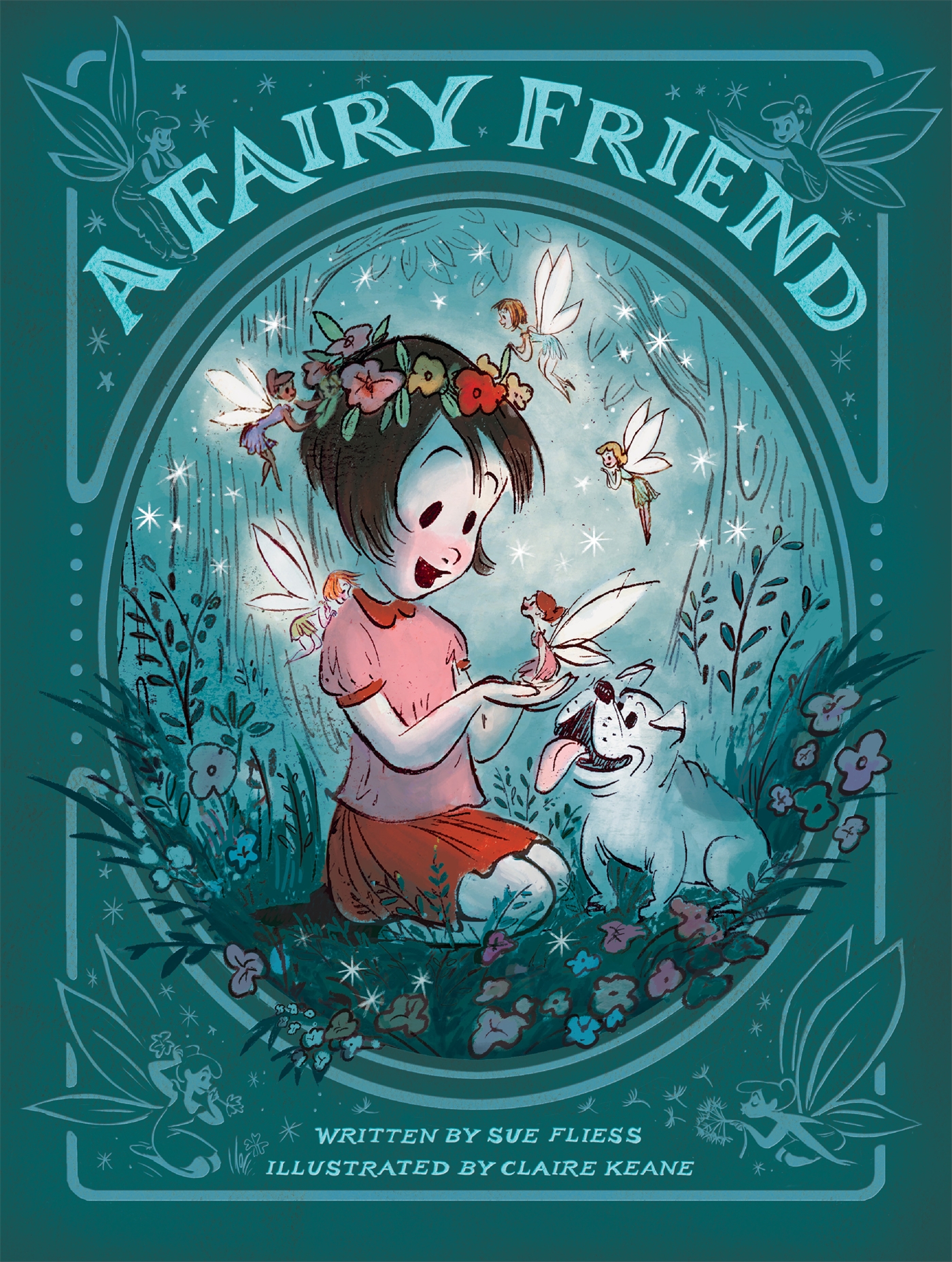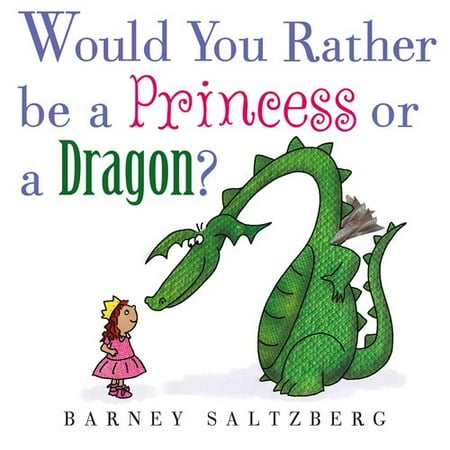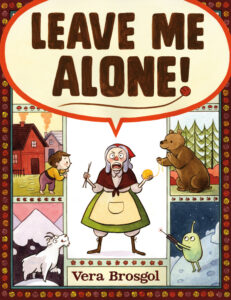Hedgehugs and the
Hattiepillar by Steve Wilson and Lucy Tapper

The hedgehugs are back. Horace and Hattie do everything
together. They play games and watch nature; they like to try experiments! After
watching a caterpillar go through the metamorphosis into a butterfly, they
decide they want to change into something beautiful that can fly as well. So,
they do!
How do you say? Como
se dice? By Angela Dominguez

English/Spanish vocabulary with two friendly giraffes.
Although there is only one word in English and Spanish on each double page
spread, the illustrations and progression of the words tells a story of
friendship. An excellent addition for any early childhood classroom with
Spanish speakers.
First Light, First
Life by Paul Fleischman, illustrated by Julie Paschkis

Fleischman and Paschkis have developed this book as a
companion to Glass Slipper, Gold Sandal:
A Worldwide Cinderella. Following a similar format, this picture book tells
the creation story through an amalgam of traditions, including three sections:
In the beginning, or how the earth was created; The making of humans; and What
happened after the creation of humans. Each of these sections includes at least
six creation stories from various places around the globe. Common themes
throughout are use of mud/earth/water to create humans and either a fire or
flood that destroyed much of the population after a period of time. I found
this extremely informative for an adult, yet still engaging for young children.
The illustrations are based on folk art traditions from around the world and
draw the reader closer to the text.
Hand in Hand by
Rosemary Wells

Rosemary Wells is well known for her picture books depicting
gentle and outgoing animals in bright colors. Hand in Hand gives us an ode to motherhood: “Be my teacher from day
one./Be my sky, my moon, my sun.” Simple poetry opining over a mother who is a
child’s first teacher accompanies illustrations of the mother rabbit and her
little rabbit growing tomatoes, learning to walk, to read and to talk. While
the text is written as if the young rabbit is speaking, it is not really what a
young child would say to her mother. The endnote is also somewhat didactic,
although giving a very positive message. The illustrations are engaging and
thoughtful.
How to Build a Snow
Bear by Eric Pinder, pictures by Stephanie Graegin

Pinder returns to his theme of Thomas and his little
brother, who pretends to be a bear. When a big snow comes, Thomas is excited to
make a snowman, but has a hard time waking up his little bear. When the bear
finally acquiesces to go outside, he and Thomas have a grand time building a
snow bear, sledding on the hill, and making a snow cave. Once again, Pinder has
depicted the love between two brothers in a sweet, yet not saccharine way. What
fun it is to be a child in Pinder’s imagination!
Puppy by Keith
Graves

Told tongue in cheek, this story introduces cave boy Trog
who wants a puppy. When he brings home an unidentifiable baby monster, he does
everything to make his “puppy” happy and welcome into the family. But, nothing
helps, the “puppy” continues to eat everything in sight and cry all day and all
night long. Trog’s adventures with his pretend puppy will entertain young and
old and Grave’s illustrations will keep a smile on your face. Pay particular
attention to the facial expressions of all involved. Perfect!







